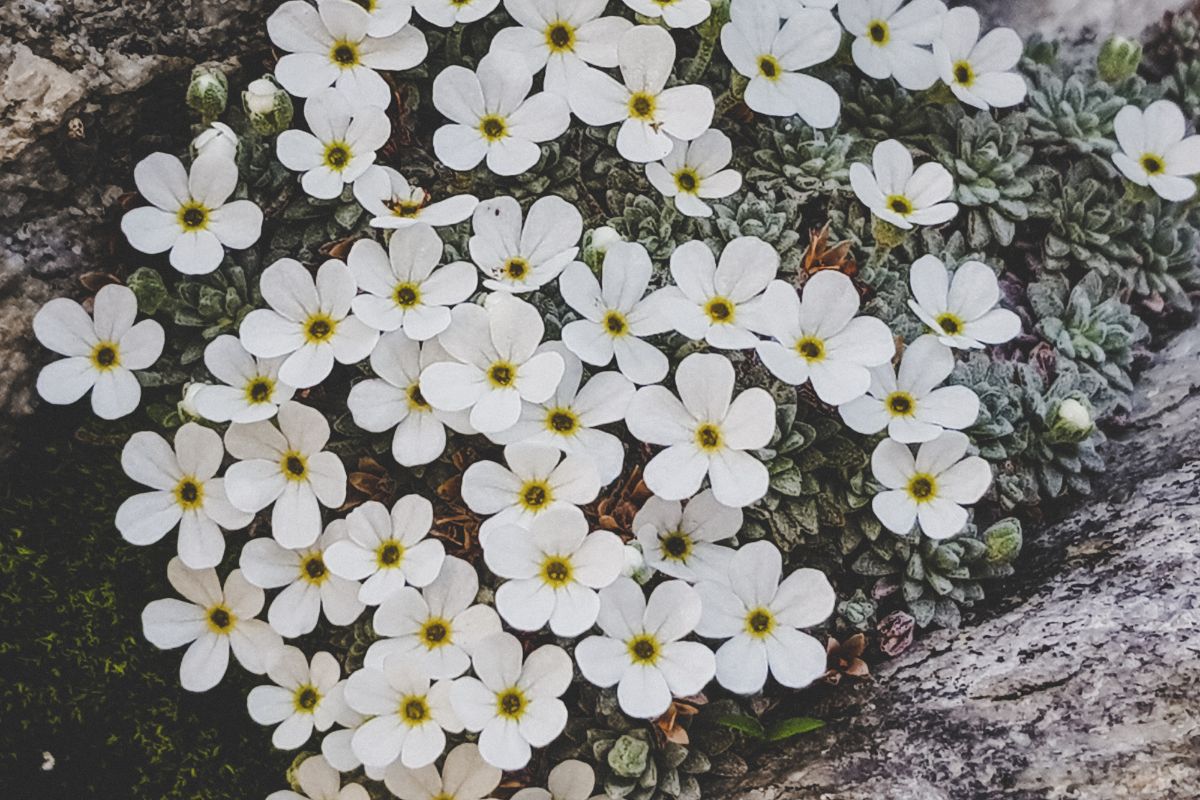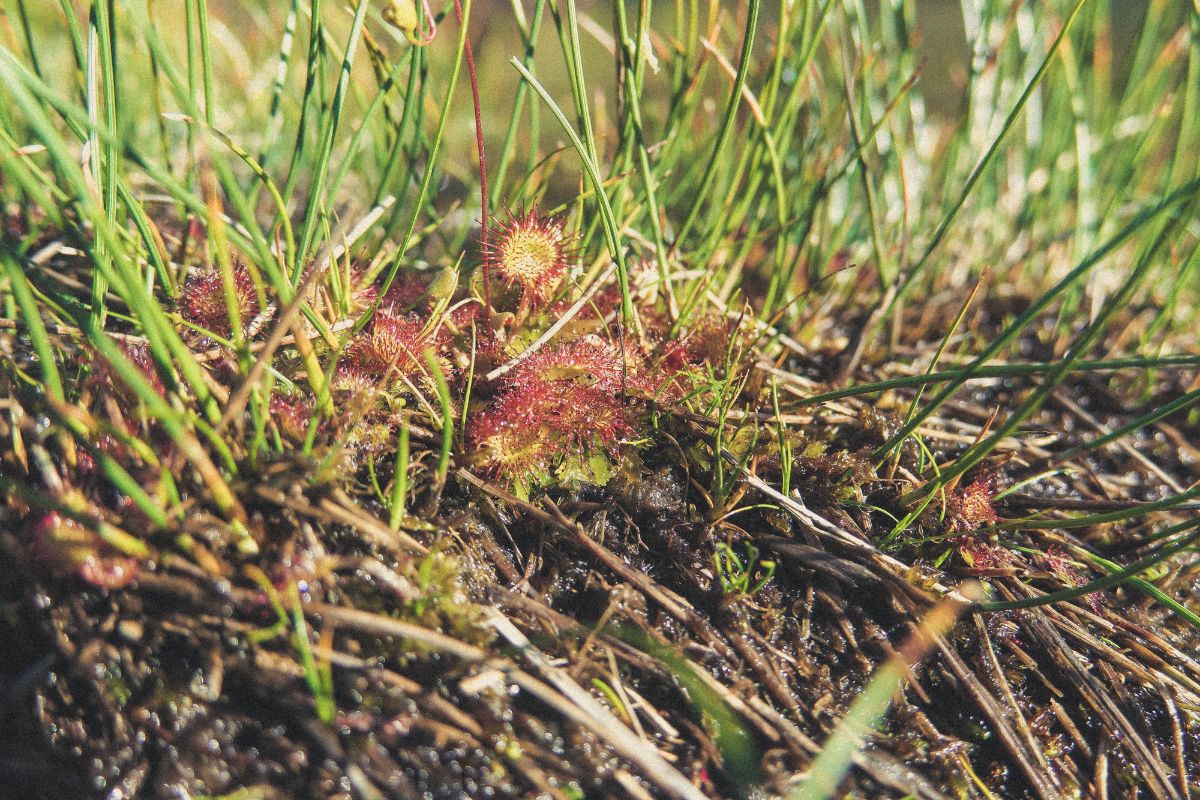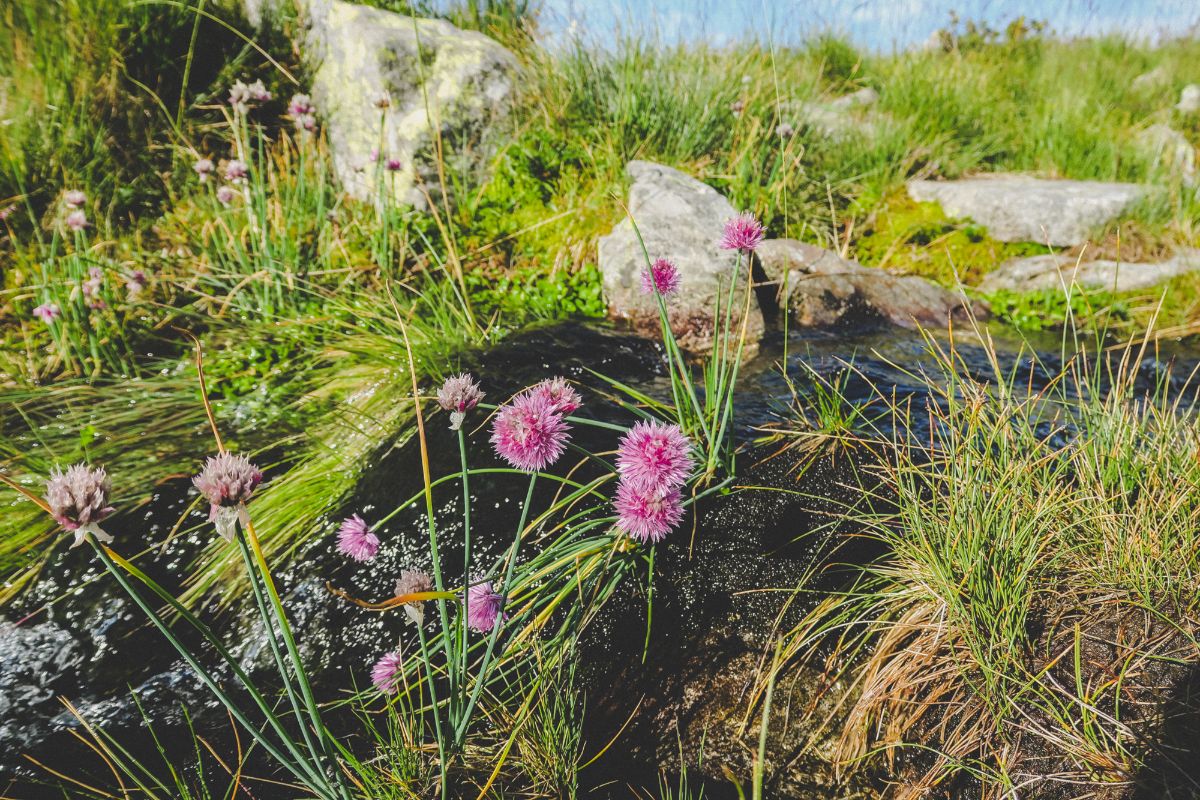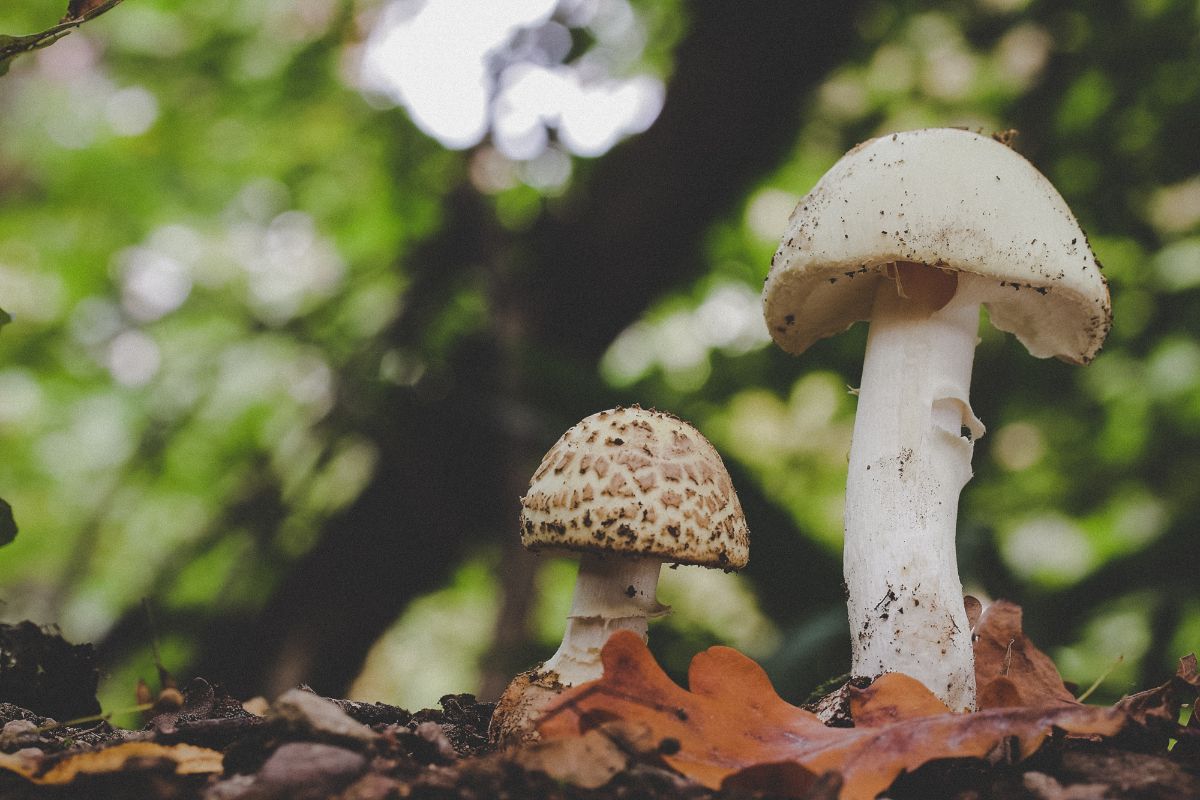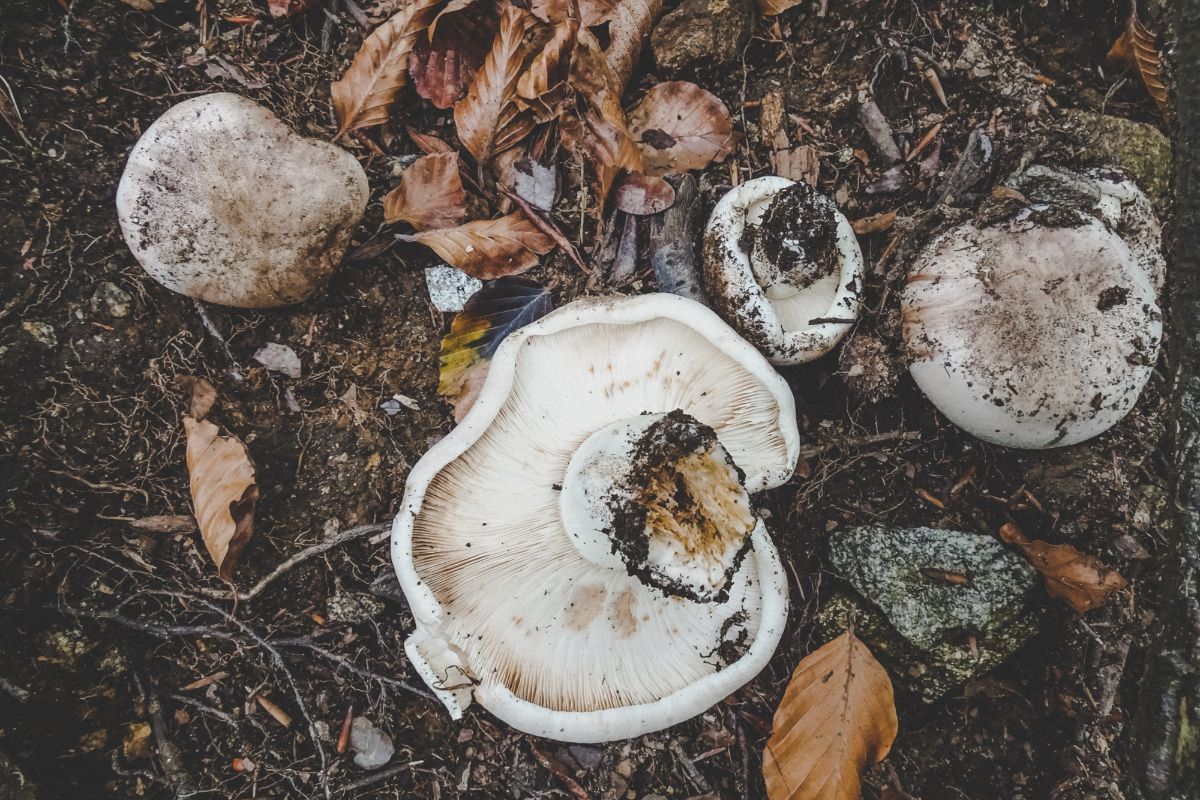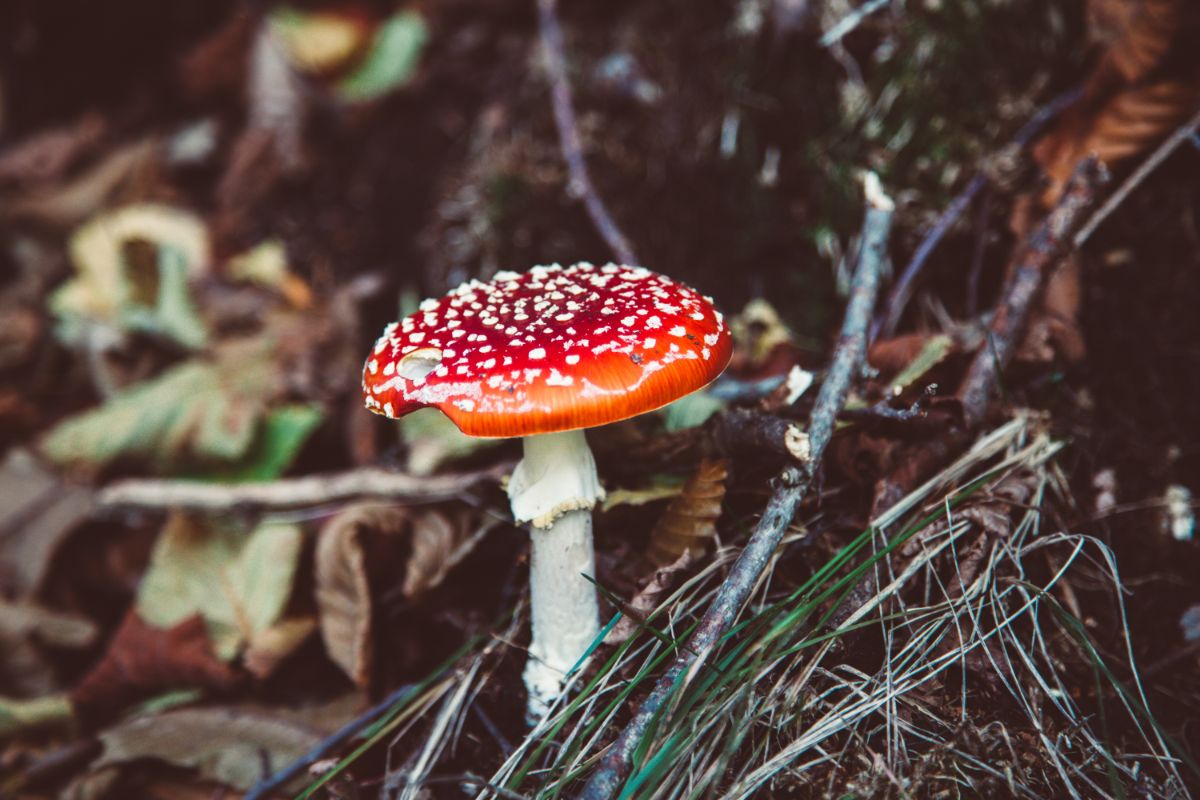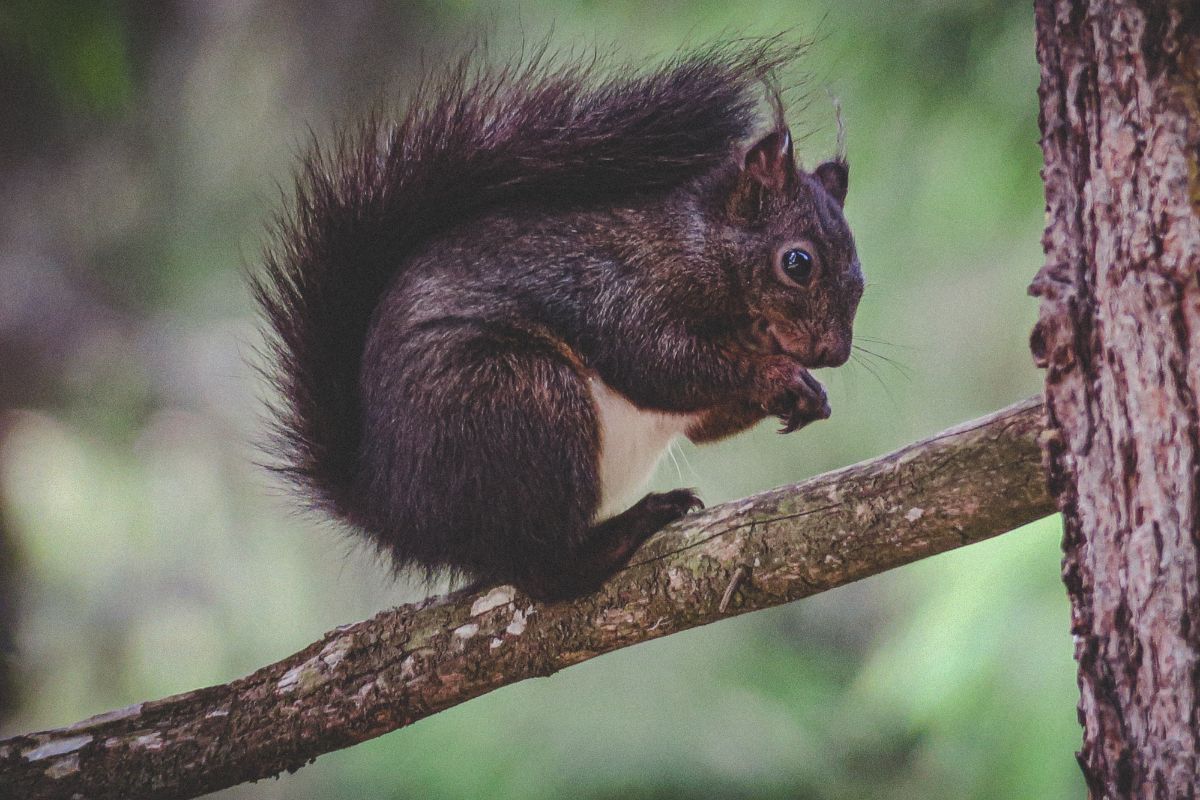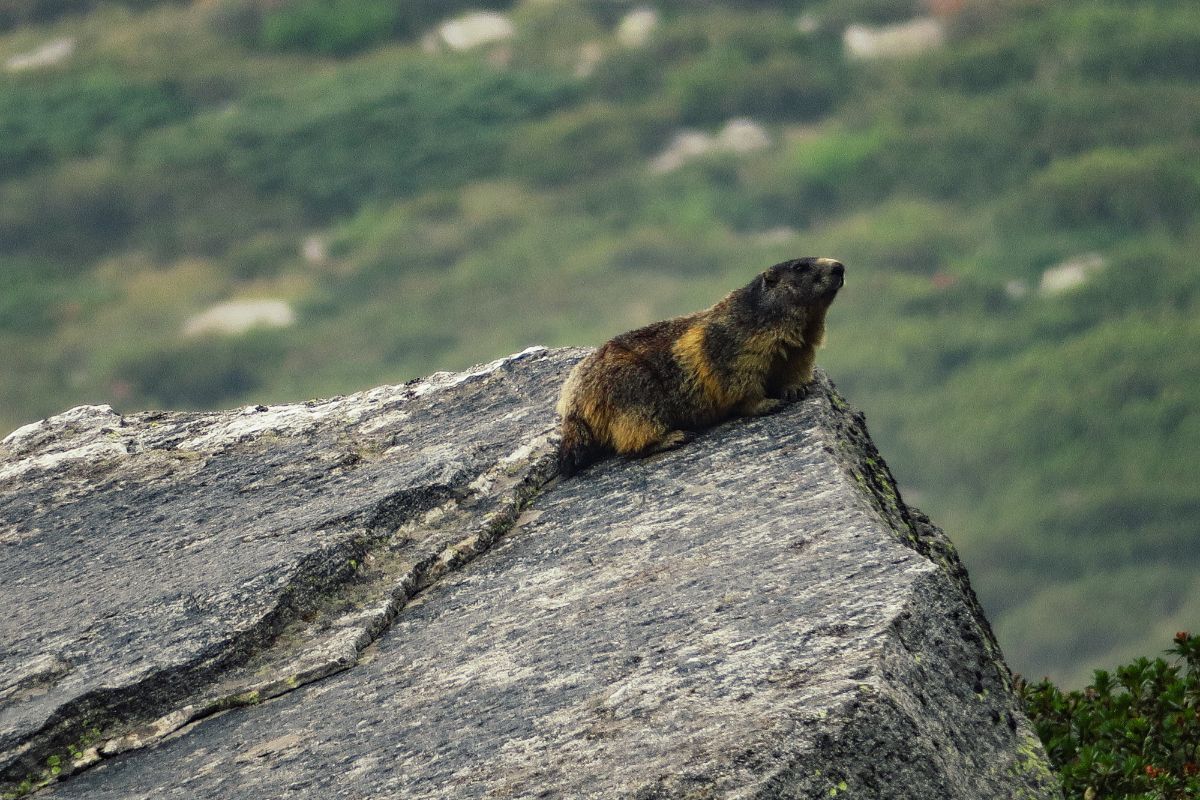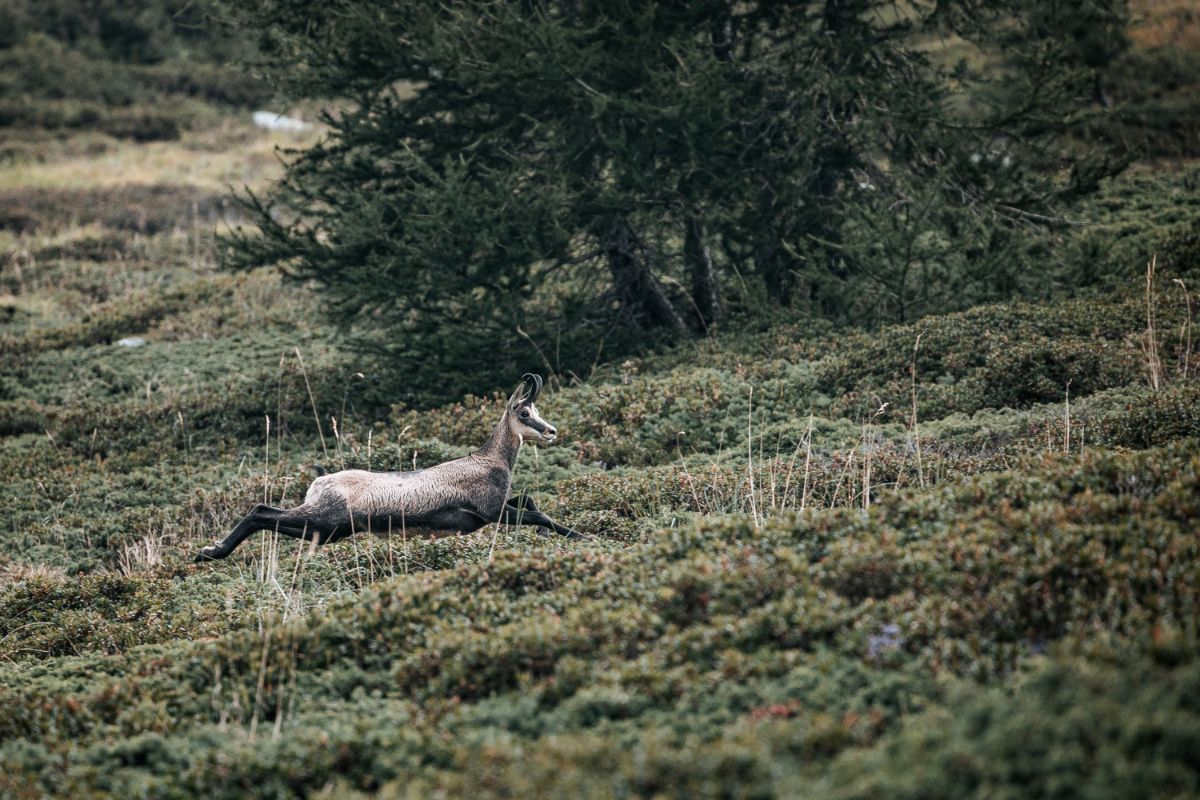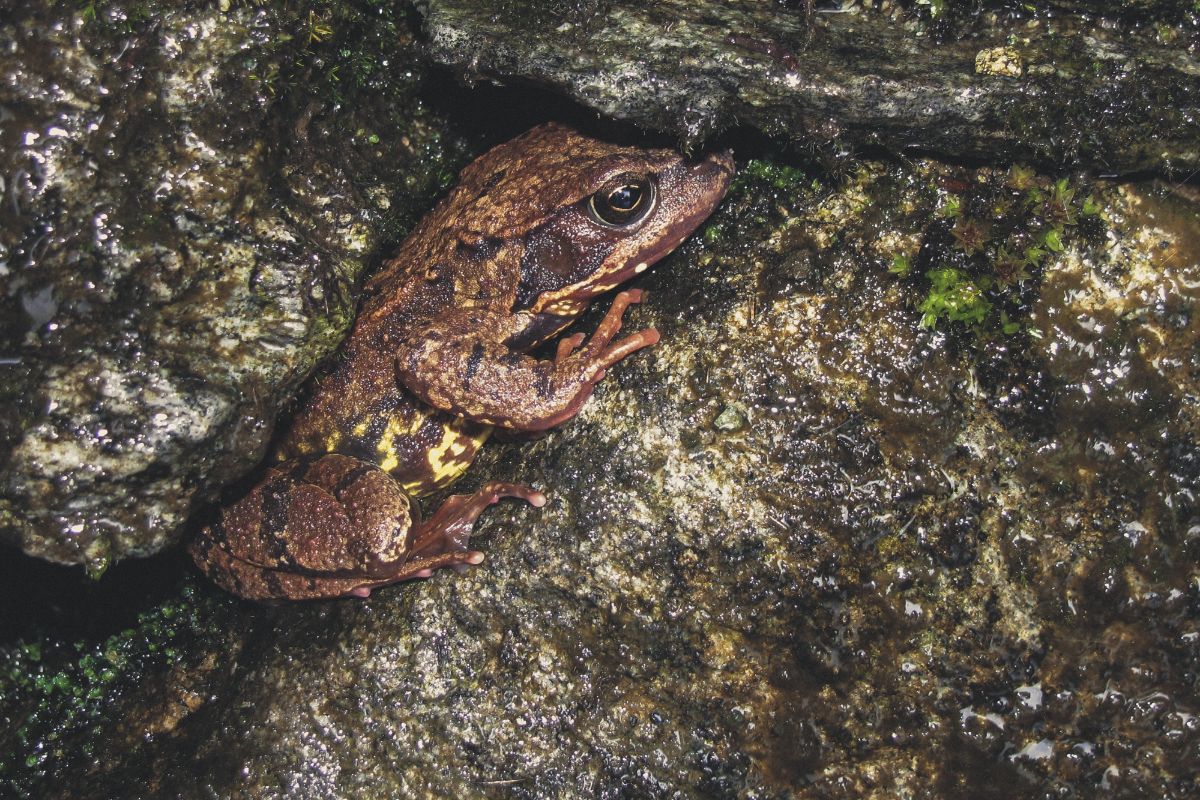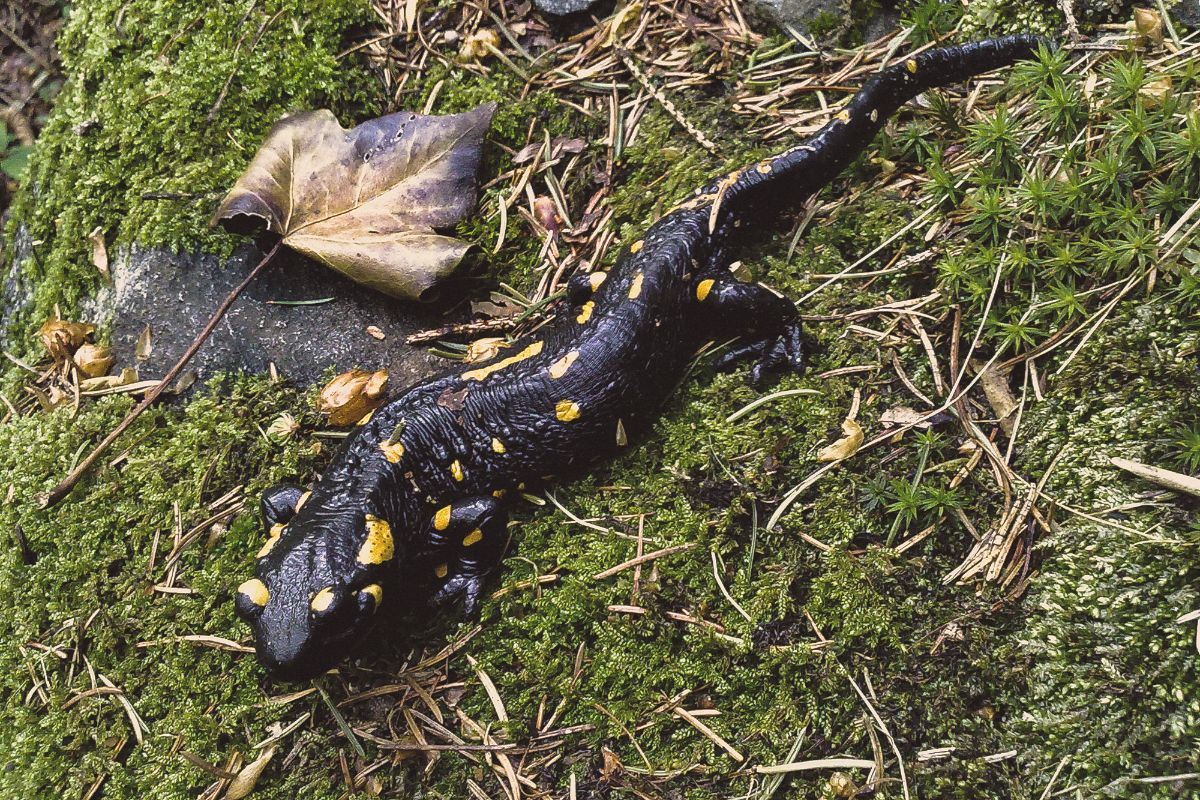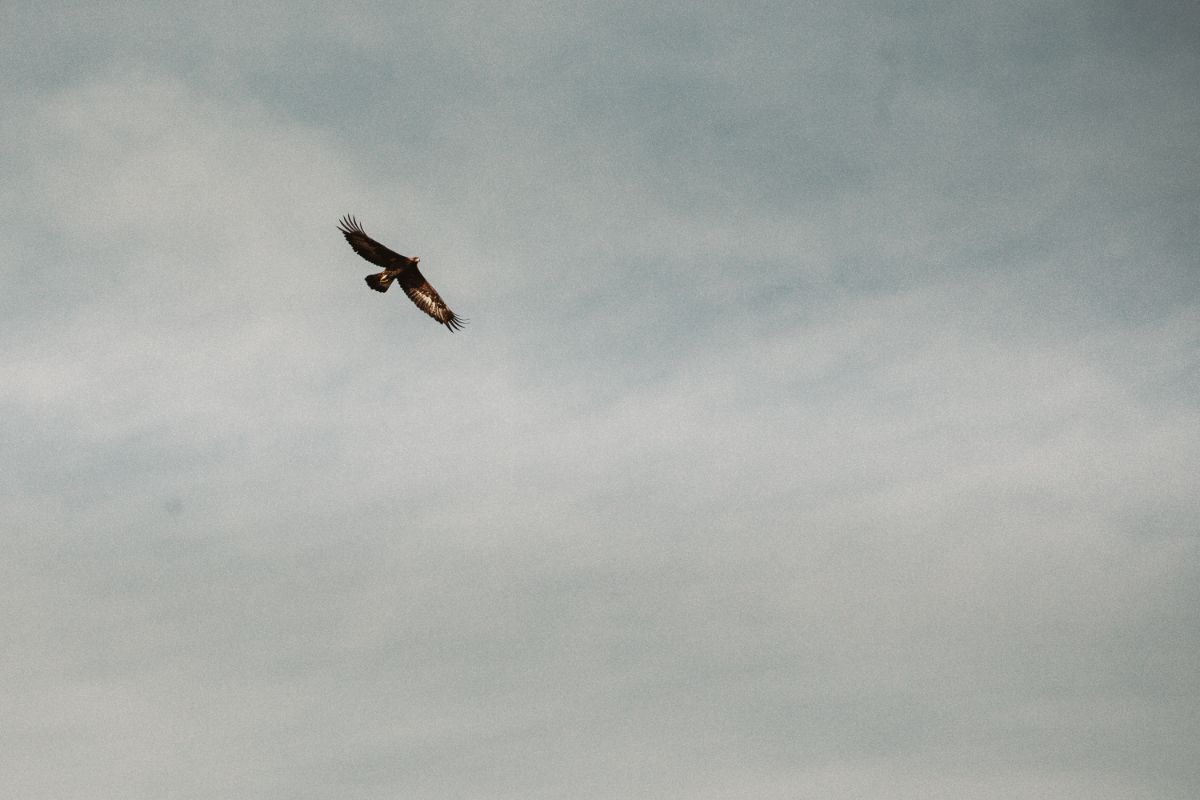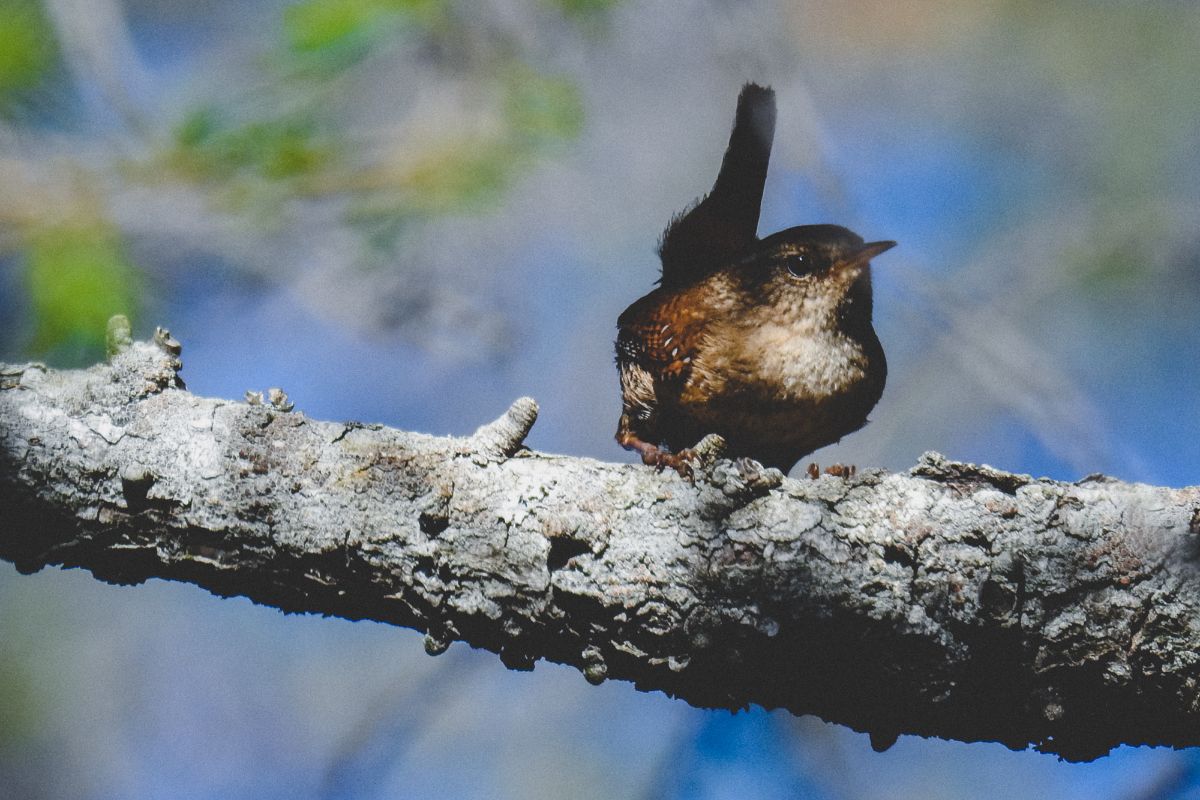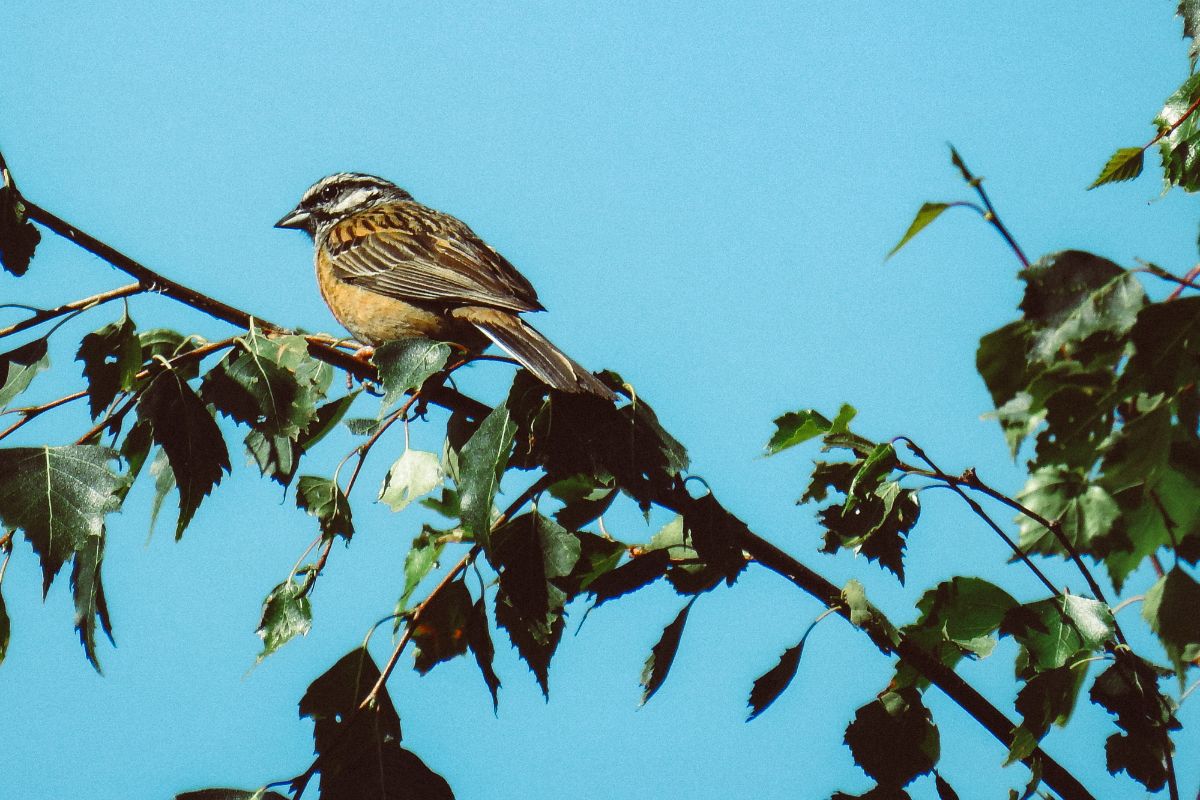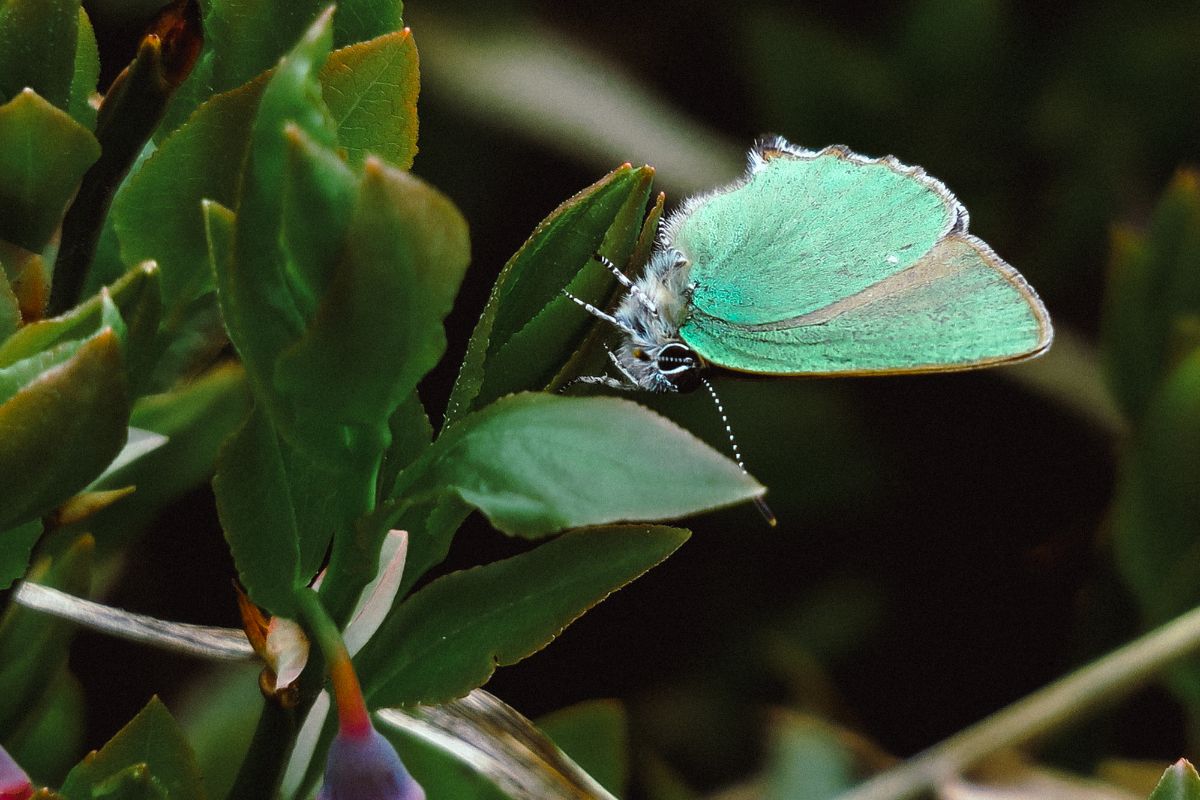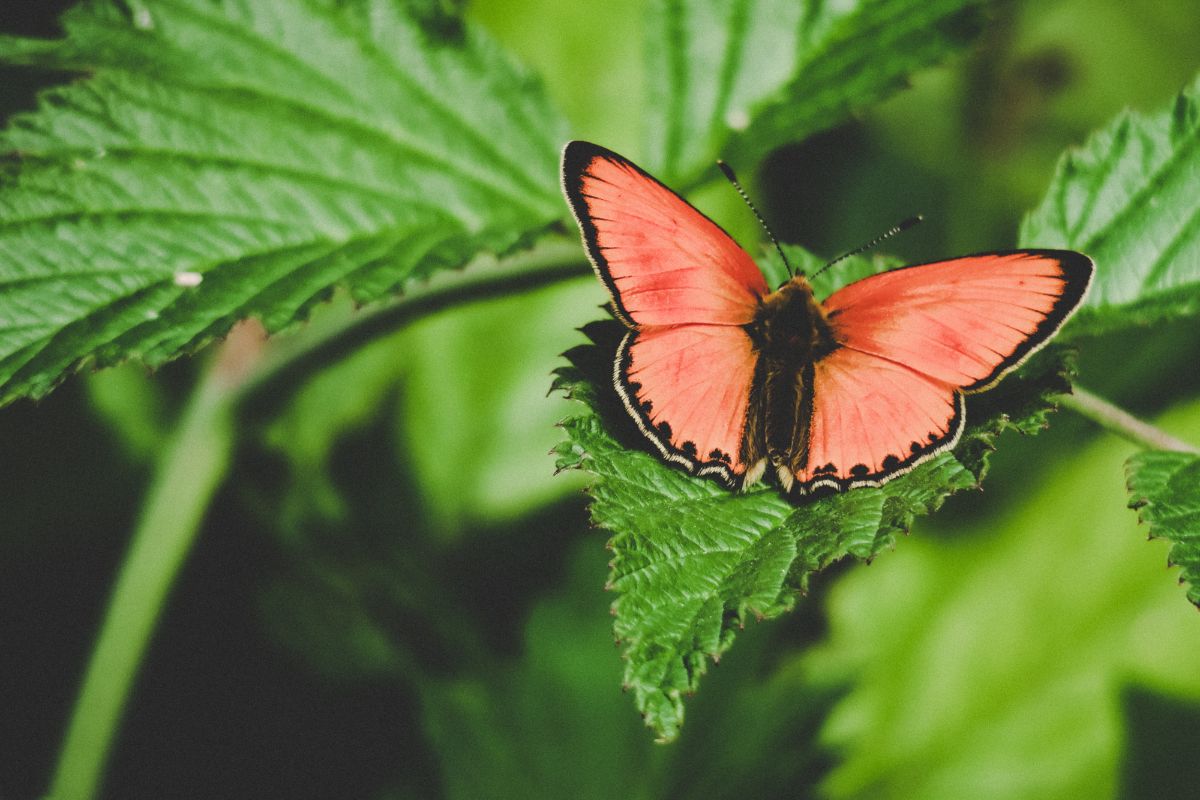Flora
The floristic surveys carried out in Val Porta in 2019 allowed us to count about 200 species, of which 4 are protected at the national level. Vandelli’s Androsace (Androsace vandellii) is present on the rocky wall southeast of the of the Bocchetta di Cazzane, while the Round- Leaved sundew (Drosera rotundifolia) is an insectivorous plant that is potentially threatened with extinction that grows in the marshy land between the Borgna Hut and Alpe Lòcia. Finally, there are two protected orchids that are considered bio-indicators to measure the level of health of various ecosystems: the Common spotted orchid (Dactylorhiza maculata subsp. fuchsii) observed between Rienza, Mosciöi and Colletta, and the Small white orchid (Pseudorchis albida) present in the grasslands above the Borgna Hut and in the open larch forest between the hut and Corte di Fondo.
